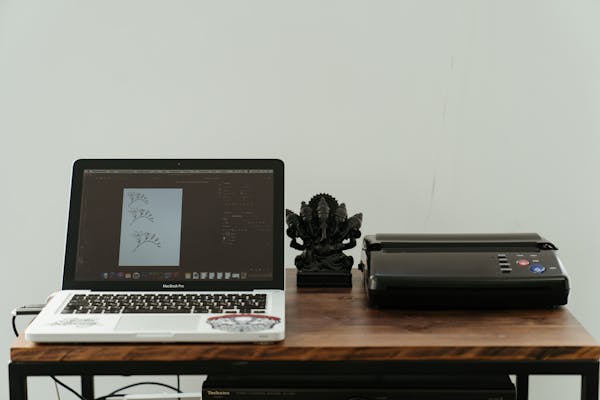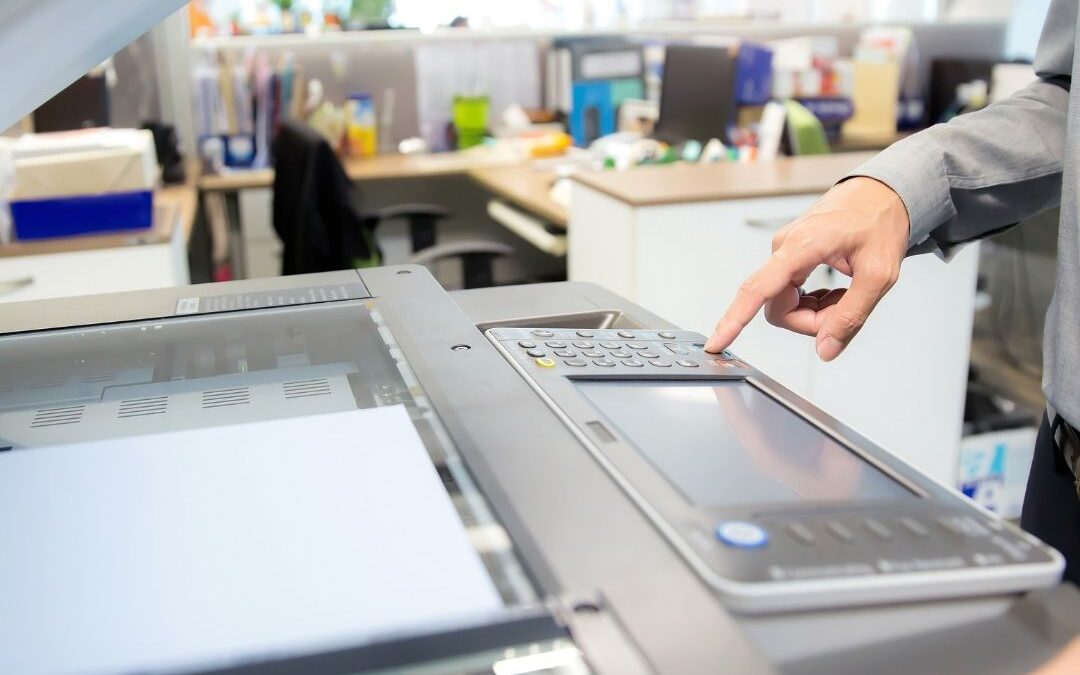Zink: Inkless Printing With Colorless Color
Already on the Market
Polaroid Pogo: (Left) This $200 camera has a built-in Zink printer.
Tomy Xiao: (Middle) This camera and printer package is available only in Japan.
Dell Wasabi:(Right) This $35 printer can receive images wirelessly.
With the money from White, some additional investment from Petters, and, in 2008, an infusion of funds from Mangrove Capital Partners, of Luxembourg, the group continued to develop their technology into a product. Both the chemistry and the electronics needed continual tweaking. Getting the color green to print cleanly, recalls Busch, was a particular nightmare, because it required activating the yellow top layer and the cyan bottom layer without affecting the magenta layer sandwiched in between. Researchers also had to engineer a top coating for the paper—one that would act as a lubricant when the paper ran through the printer, then as a protective sealant when the print was complete. And they needed to develop a system to make sure that when the software directed the printhead to produce a particular color, the right color would appear on the paper.
Their solution was to include a rough piece of paper, imprinted with a bar code, in every pack of paper. This addition cleans the pathway and enables the printer to calibrate itself, for each batch of paper has a slightly different sensitivity that must be compensated for to maintain color accuracy. The first generation of printer engines, with an image size of 2 by 3 inches (about 5 by 8 cm), came out early this year; the next generation, boasting images of 4 by 6 inches (about 10 by 15 cm), is due to ship in the fourth quarter of this year. The company is already testing prototypes of a version measuring 8 by 10 inches (about 20 by 25 cm). So far, Polaroid, Tomy, and Dell are selling products based on the Zink technology.
Zink’s success depends just as much on the paper as it does on the hardware. Of course, the hardware needs to be out there to sell the paper, but the paper is Zink’s core business. Initially, the Zink researchers made their paper, in sample quantities, on a pilot manufacturing line in the lab. But by November of 2005, they realized they needed a real manufacturing operation. Two months later, they picked one up for a song. William Keating, a Zink senior vice president, heard that Konica Minolta Holdings, a joint venture that made paper for professional photo minilabs, was getting out of the business and closing its Whitsett, N.C., factory.
“We asked them to stop the auction and give us the time to see if this was a fit for us,” says Wendy Caswell, now the chairman and CEO of Zink. It was. Zink purchased the factory and all the equipment in it at what Caswell considers an incredible bargain. “It was a win-win. They didn’t have to lay their people off, which mattered to them, and Zink acquired a state-of-the-art manufacturing facility and a team to operate the plant.”
By September of 2008, things were running pretty smoothly. Zink had solid financing from an established venture firm. It had its first consumer-electronics partners ready to introduce products in early 2009. It had been producing paper for several months.
And then, on 3 October, White and Petters, Zink’s original investors—and at that time, board members—were arrested in Minnesota, charged with mail fraud, wire fraud, money laundering, and obstruction of justice in a scheme that had defrauded investors of some $3.65 billion. (Bernard Madoff’s Ponzi scheme would grab even bigger headlines two months later.) At press time, Petters was expected to go on trial in October. White pleaded guilty and faces up to 22 years in jail.
Caswell heard of the arrest on the morning news. She spent the day working with the Mangrove team, and by that evening, Petters and White were off the Zink board and the company was on its way to being restructured to dilute the pair’s ownership to an insignificant amount, insuring that Zink and its assets would not be affected by any legal proceedings. It’s not exactly clear where the money the two invested into Zink came from, but Caswell says it doesn’t matter to the company’s future.
Today Alps is producing Zink print engines. Foxconn Technology Group and Lite-On Technology Corp., both of Taipei, Taiwan, are building Zink-based products for major consumer-products companies. Four Zink products are already on the market—the Polaroid PoGo printer, the Polaroid PoGo camera, the Tomy Xiao camera, and the Dell Wasabi printer, ranging in price from $35 for stand-alone printers to $200 for an integrated camera printer. Zink paper sells for about 30 cents a sheet. The company expects to sell to both consumers and businesses. On the consumer side are all the traditional users of photography. On the commercial side are insurance agents and police, who need to staple a photograph to a report instantly, fashion photographers, and decorators, as well as photo kiosks, medical offices (for color-coded labels), and commercial signage (Zink’s images are water-resistant).
And the Zink technology is catching on among artists, much as the old Polaroid technology did, back in the day, and for the same reason—you can alter the colors while the photo is developing.
The company, now based in Bedford, Mass., has 100 employees. At this writing, 49 of the original 50 who left Polaroid remain; the 50th left to do missionary work in Bolivia. The company is winding up a final round of venture funding and expects to be operating in the black by early 2010.
People, Caswell says, have “an inherent hatred of ink. ‘Ink costs so much,’ they say. ‘It runs out at the worst time possible. It’s messy. The jets clog. Then I have to blow through ink to unclog them.’ The technology has decades to go; we don’t know today all of the applications for it.”
Perhaps on the moon or Mars—zero-ink printers work just fine in zero gravity.
This article originally appeared in print as “Zink: A Modern Fairy Tale.”
For more on Zink, see “Behind the Scenes at Zink: Where Color Magic Happens.”









